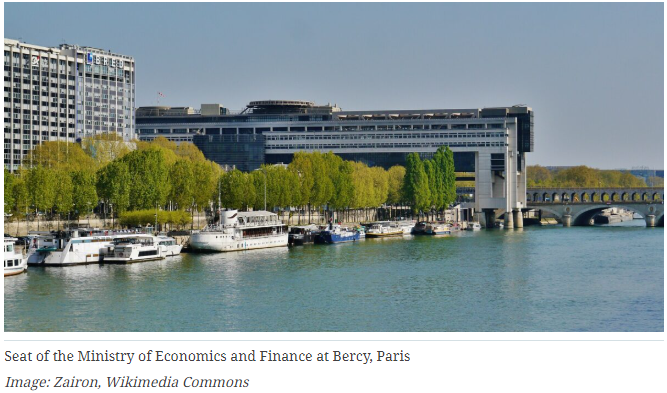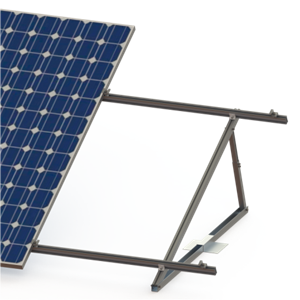France plans to slash feed-in tariffs for rooftop PV up to 500 kW
The French PV sector has reacted vehemently against the proposed provisions with claims they could completely halt the rooftop PV business.
February 17, 2025 Gwénaëlle Deboutte
From pv magazine France

France's Ministry of Ecological Transition has outlined a proposal to slash the feed-in tariffs (FiTs) for all rooftop PV systems with a capacity of up to 500 kW.
The ministry attributed the decision to trim the FiTs to budgetary constraints. “The tariffs allowed to deploy many photovoltaic installations in France in recent years,” it said in a press release. “This enthusiasm shows the increasing economic maturity of the sector, and leads to adjusting the terms of support for the sector for each power segment.”
For the 1 kW to 9 kW segment the government plans to reduce the tariff for surplus power from €0.127 ($0.133)/kWh to just €0.04/kWh. Furthermore, it intends to halve the rebates covering part of the costs for buying the installations, which already dropped by 40% over the past year.
In the 9 kW to 100 kW segment, the tariffs will be maintained at their current levels but will be subject to a stronger degression mechanism, while the capacity eligible for the tariffs will be limited to 92 MW per quarter.
Finally, in the 100 kW to 500 kW segment, the tariff level will be lowered to €0.095/kWh for the period between February 1 and April 30. This tariff level will be subject to a stronger degression mechanism than currently, based solely on the deployment figures from the previous quarter. The degression rate will be 6% each time the volume exceeds 1.25 times the planned volume, which is calibrated on 359 MW per quarter.
The government has also decided that, from Jul. 1, 2025, PV systems from 200 kW to 500 kW will switch from FiTs to a tender mechanism, which the ministry said is much more practical for “managing and limiting” the volumes allocated and the prices. Around 4 GW of PV projects ranging from 100 kW to 500 kW were submitted under the FiT program, while the government had set the bar at 1.2 GW.
In order to support the development of domestic PV panel giga-factories, the entire 100 kW to 500 kW category will be reserved for projects using solar modules meeting NZIA requirements from mid-2026. Then in 2028, these requirements will also be applied to the solar cells, which will result in an increase in the tariff, or ceiling price, to €0.105 kWh.
The French PV sector has rejected the government plan and defined it as a “moratorium”, recalling the almost complete shutdown of the solar FiT scheme the French authorities applied in 2010, which disrupted the solar industry and destroyed 20,000 jobs in the photovoltaic sector. “The government plans to reduce support levels to such an extent that no project will be economically viable in 2025,” said French renewable energy associations SER and Enerplan in a joint statement.
“This will create a panic effect,” Xavier Daval, CEO of Kilowattsol, told pv magazine France. “With the proposed tariff levels, all projects will stop because there is no longer any economic viability. Companies that had structured themselves to meet demand no longer have anything to sell.”
Daval called the proposed provisions a “disguised” moratorium. “The new mechanism will take three quarters to return to a viable rate. In other words, 2025 will have only one active quarter. No company can survive nine consecutive months without a market. The social and industrial consequences will be catastrophic: 20,000 to 30,000 job losses in the short term; thousands of bankruptcies among SMEs and specialized subcontractors. And a fatal blow to farmers, the first beneficiaries of this model to support their activity or diversify their income.”




